Ajaccio is the capital of Corsica and a seaside city located on the west coast of the island. Ajaccio offers beautiful beaches, a picturesque coastline and a rich cultural heritage. Wonderful beaches and crystal clear turquoise waters and golden sand attract lovers of relaxation and sunbathing. The peaceful atmosphere and breathtaking views of the Mediterranean Sea are the perfect choice for a holiday.
Among the historical monuments, it is worth visiting the Maison Bonaparte, the Bonaparte family home, which has been transformed into a museum presenting the life and legacy of Napoleon.
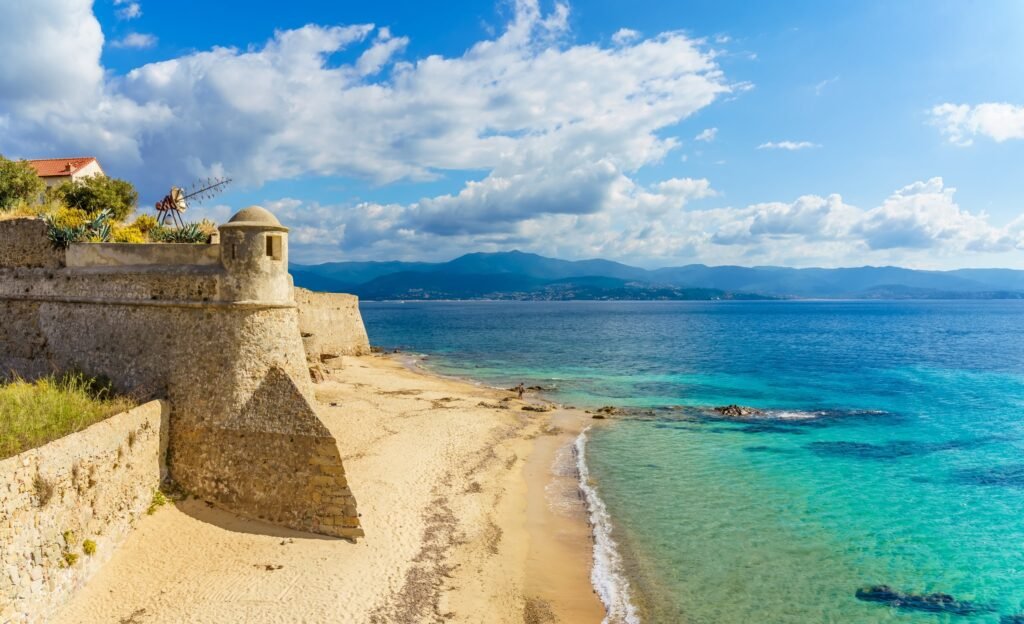
Experience Corsican culture and visit the Fesch Museum, a fine art museum that houses an impressive collection of European paintings, including works by famous artists such as Titian, Botticelli and Veronese.
Ajaccio also offers a wide range of outdoor activities. From hiking in the nearby mountains to water sports such as sailing and diving, etc. Discover the stunning landscapes of the Scandola Nature Reserve or take a cruise to the Îles Sanguinaires.
Location
Ajaccio is located on the west coast of the island of Corsica nad Morzem Śródziemnymnad. 210 nautical miles (390 km) southeast of Marseille.
Best Beaches:
The beaches of Ajaccio offer the perfect combination of relaxation, natural beauty and exciting activities. Whether you are looking for a peaceful retreat or an adventurous getaway, visiting these 5 beaches can be an unforgettable experience.
- Plage de Capo di Feno
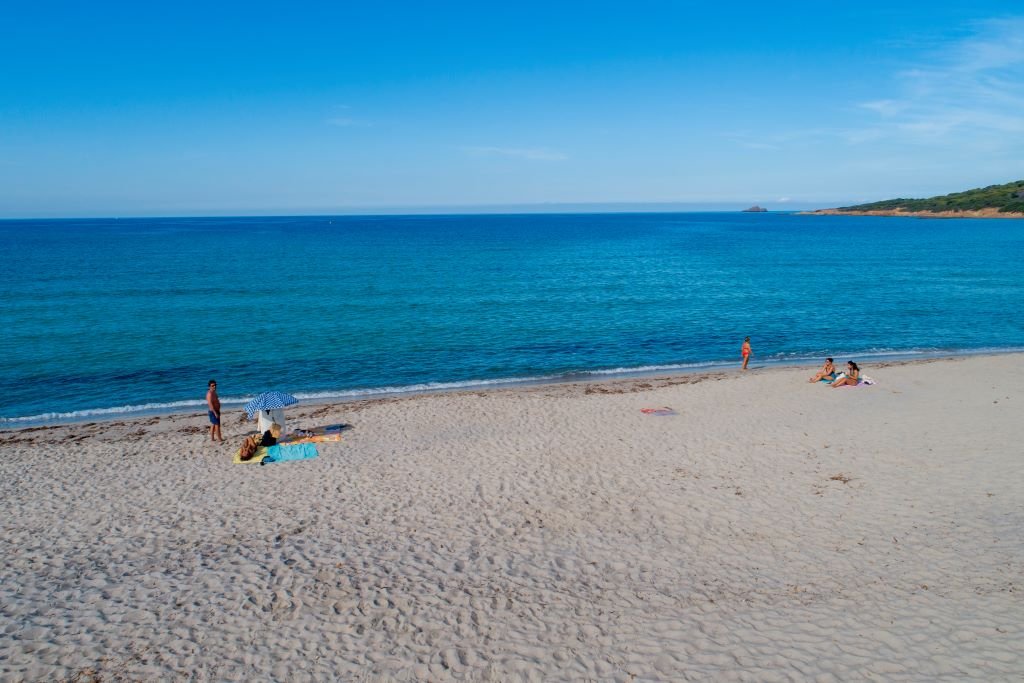
Plaza Capo di Feno is located near the Gulf of Ajaccio and 10 kilometers from the city center. It is known as the best surfing spot in southern Corsica. A path separates two beaches: the Grand Capo beach is larger and more touristy, while the Sevani beach (Petit Capo) is smaller and less explored.
- Marinella Beach
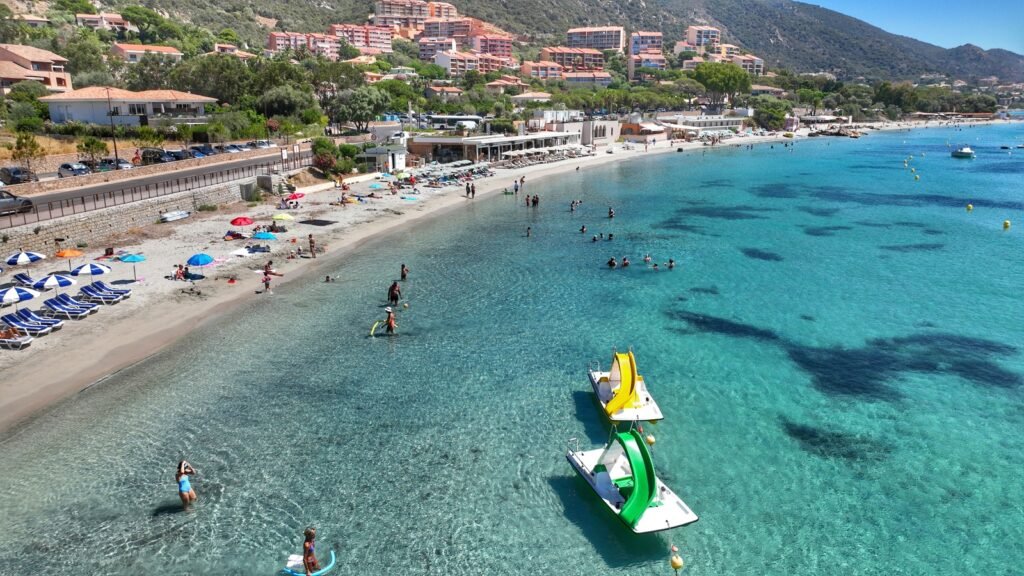
Marinella Beach in Ajaccio is the most famous beach in this part of Corsica. With its fine sand and turquoise waters, this beach guarantees a complete change of scenery on the way to the Sanguinaires Islands (about 5 km from the city centre of Ajaccio).
- Plage Saint-François
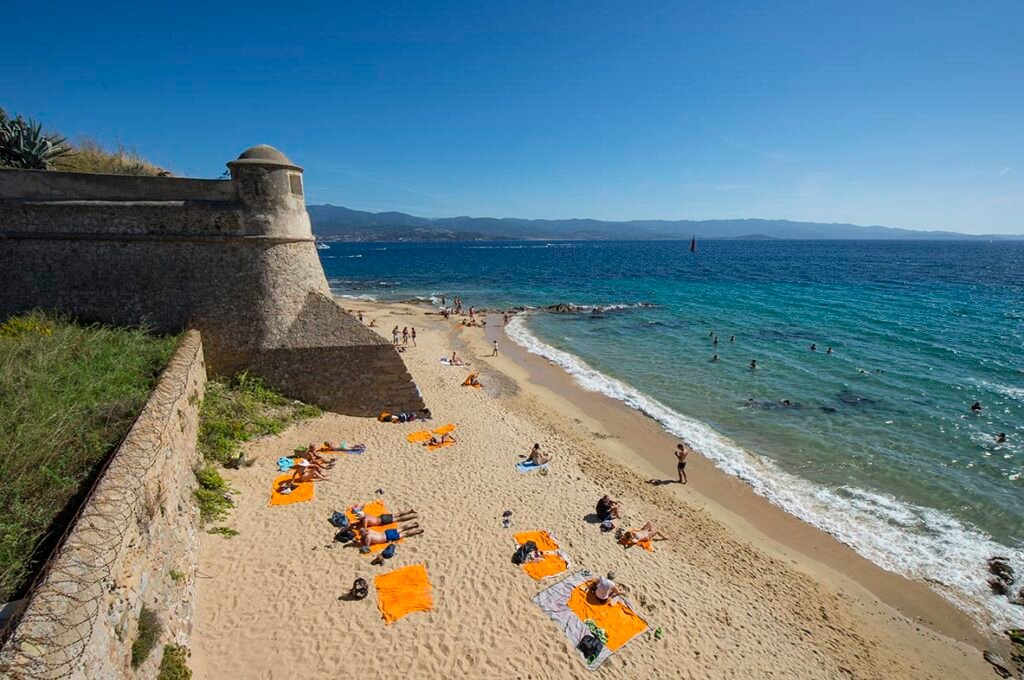
The beach of Saint Francois may be found in Ajaccio next to the city’s port and directly in front of the citadel. On boulevard Lantivy, there is a stunning promenade that is framed by palm palms and takes up most of the space. This beach, located close to the heart of Ajaccio, is considered one of the city’s greatest locations.
- Plage de la Terre Sacree

This beautiful beach, which will delight you with its fine sand, clean water and restaurants, is located near La Parata. Various small coves with fine white sand follow one after another. Here you will also find the Sacred Earth marker. It was erected in 1933 to honor the thousands of Corsicans who died for France during World War I. The marker contains an urn containing soil samples officially collected from World War I battlefields. Marne, Somme, Verdun, etc. The Sacred Earth marker is one of only six such monuments in the world.
- Plage du Ricanto
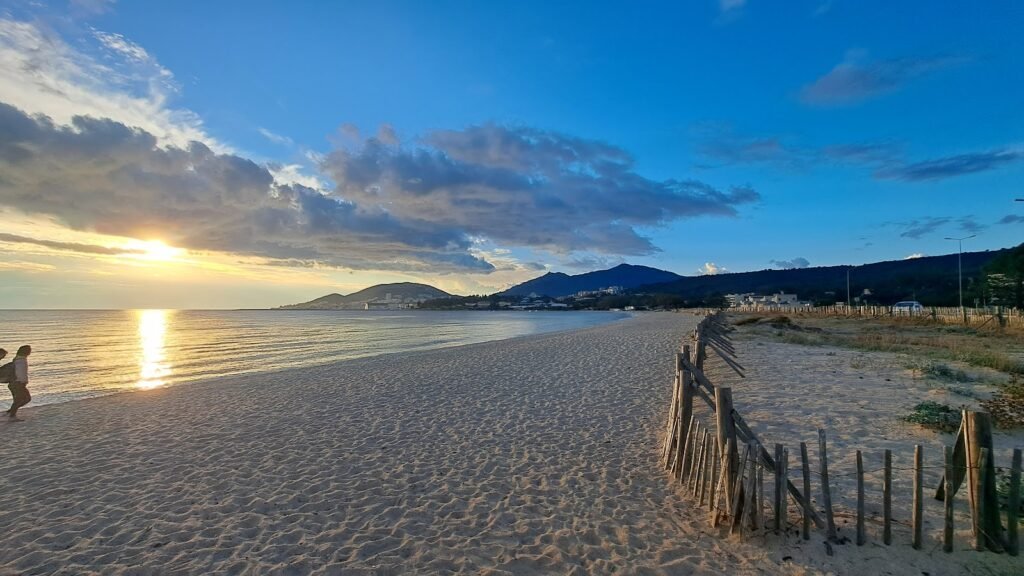
It is the southernmost beach in Ajaccio. It is also the largest sandy beach in Ajaccio. It stretches for almost 3 km. This beautiful white sandy beach is a nice place for a vacation. There are many programs on this white sandy beach, including water sports. Despite the presence of the airport nearby, this beach remains pleasant, even in summer, because you can always find a place on the beach.
Archipel des Sanguinaires
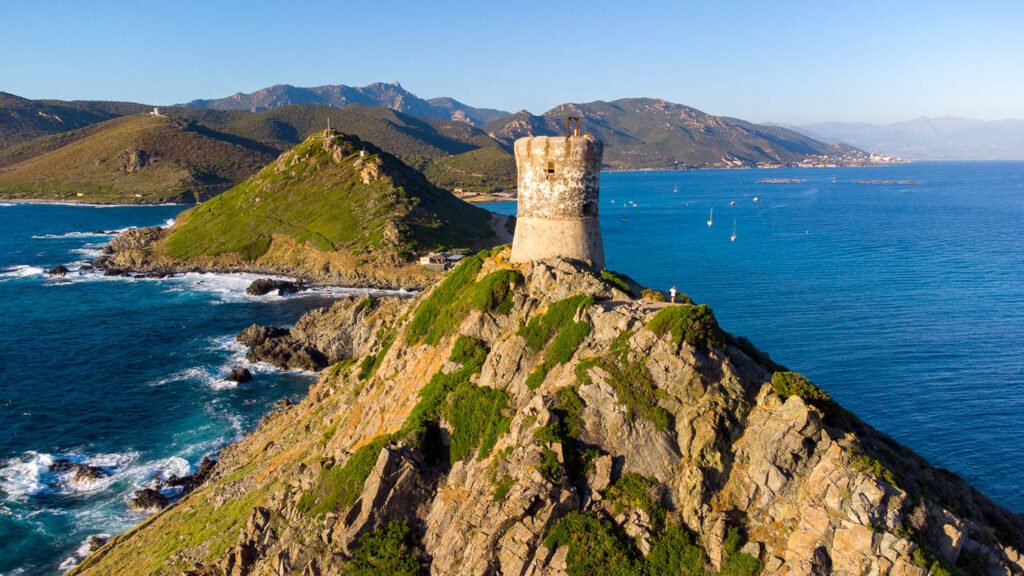
The beautiful archipelago of the Sanguinaires Islands, visited at sunset, is the best place to enjoy nature in all its glory. Stretching west from the Parata Peninsula to the northern end of the Gulf of Ajaccio.
Many cruise companies offer tours of the Sanguinaires Islands, as well as some of the treasures of the Gulf of Ajaccio. Along the coast, you will come close to the Pointe de la Parrata and admire its iconic Genoese tower. Built in 1608, it dominates the region from its high vantage point.
Calanques de Piana
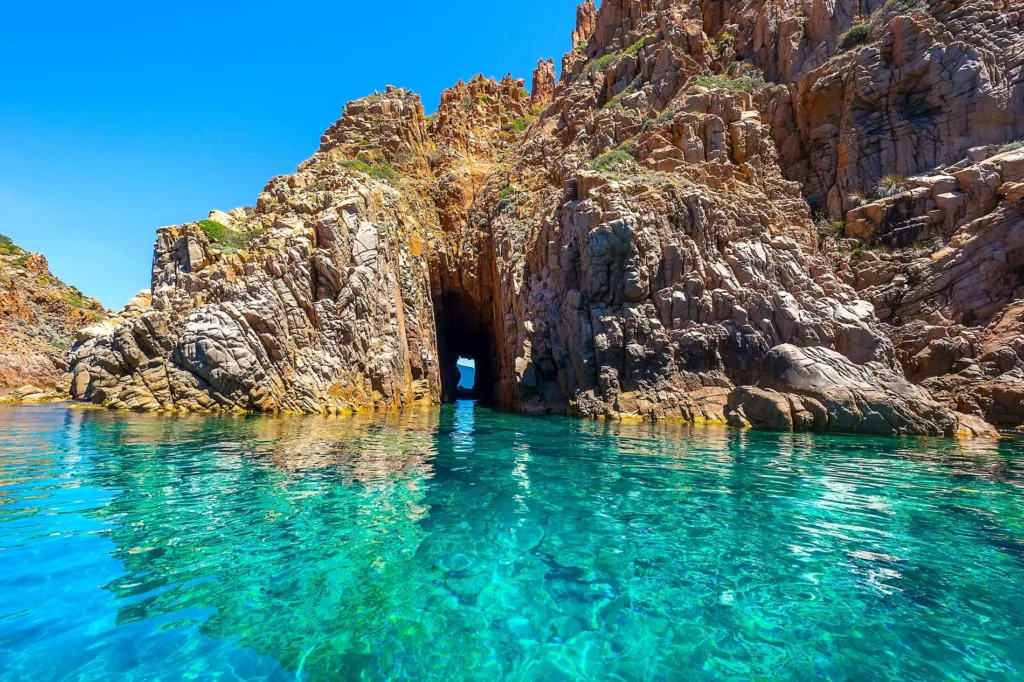
Calanques de Piana (sea bays) surrounded by rocky cliffs, characteristically cut into the land, along the entire section between Piana and Galeria. These two cities are connected by the most scenic section of the D81 road.
The narrow road leads along a vertical wall of red, limestone rocks, taking on fascinating shapes. On the other side, a low wall, and behind it a precipice! The height is about 500 meters above sea level, which, by the way, is perfectly visible for the next kilometers.
Capo di Feno (Cape of Feno)
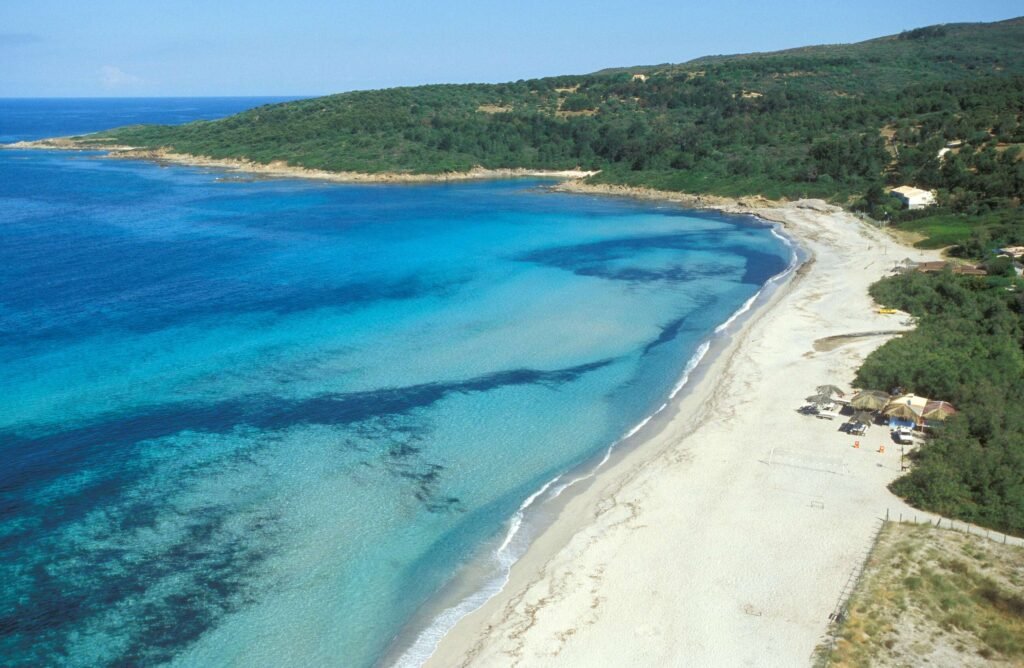
Capo di Feno is a true paradise of nature in the heart of South Corsica. You will love this beautiful, peaceful wilderness surrounded by high cliffs. If you are looking for complete peace and quiet for a day.
Capo di Feno offers a peaceful getaway, away from the hustle and bustle of city life. This area is famous for its heavenly beaches, Grande Sanguinaire and Petite Sanguinaire, with warm fine sand and a place to relax in the sun and take a refreshing swim.
Citadelle d’Ajaccio (Citadel of Ajaccio)
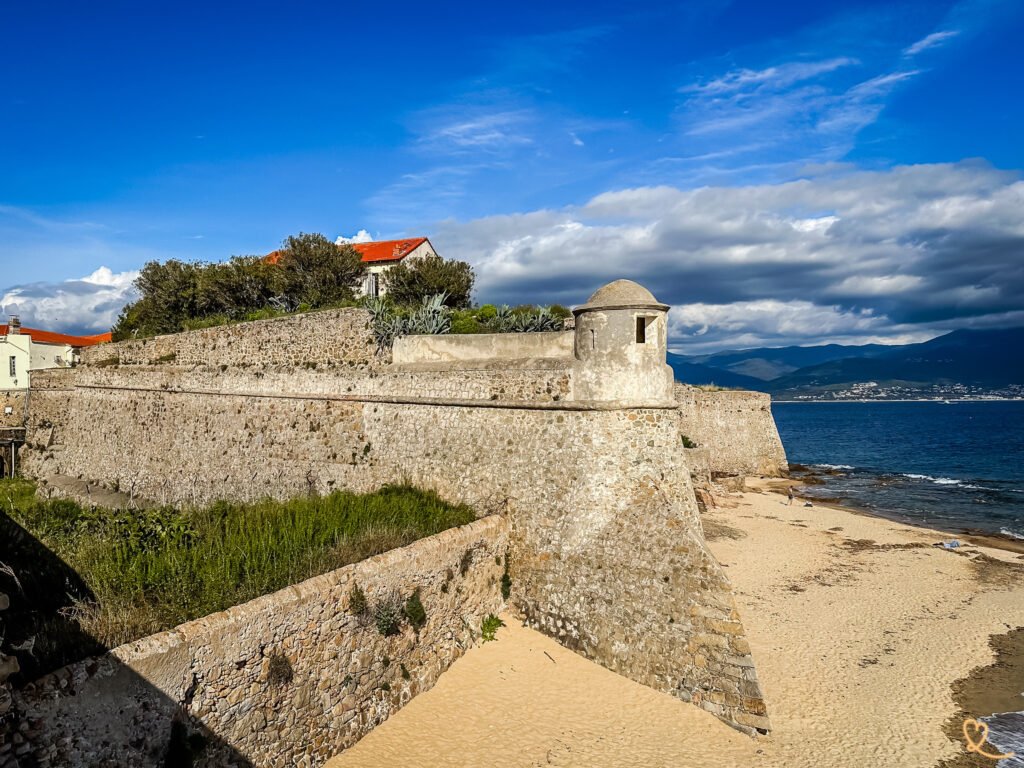
The Citadel of Ajaccio is an impressive monument that was recently bought by the city of Ajaccio. Explore the historic Citadelle d’Ajaccio, a stunning fortress on the Mediterranean coast. This architectural marvel, with its robust stone walls and strategic design, reflects centuries of military history. Once a Genoese stronghold, it now hosts cultural events.
Monument commémoratif de Napoléon Ier (Monument commemorating Napoléon Ier)
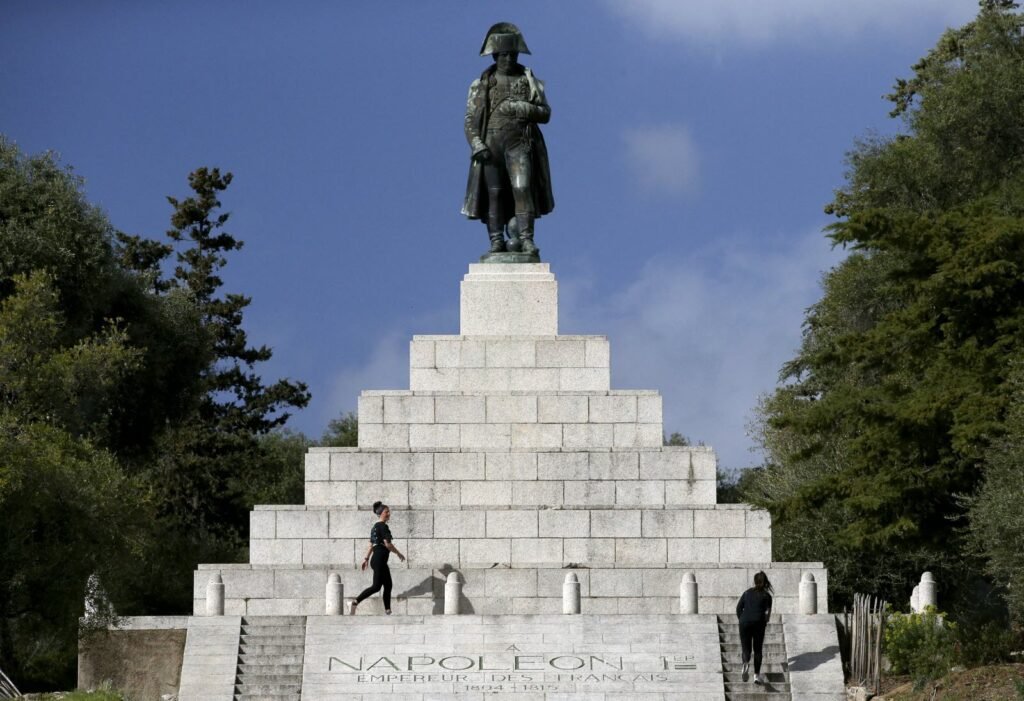
The statue of Napoleon in the garb of a colonel of the guard is the work of the sculptor Seurre. It is a replica of the statue located at Les Invalides. The monument, inaugurated in 1938, commemorates the Emperor’s victories and achievements on its inclined plane.
Fesch Museum
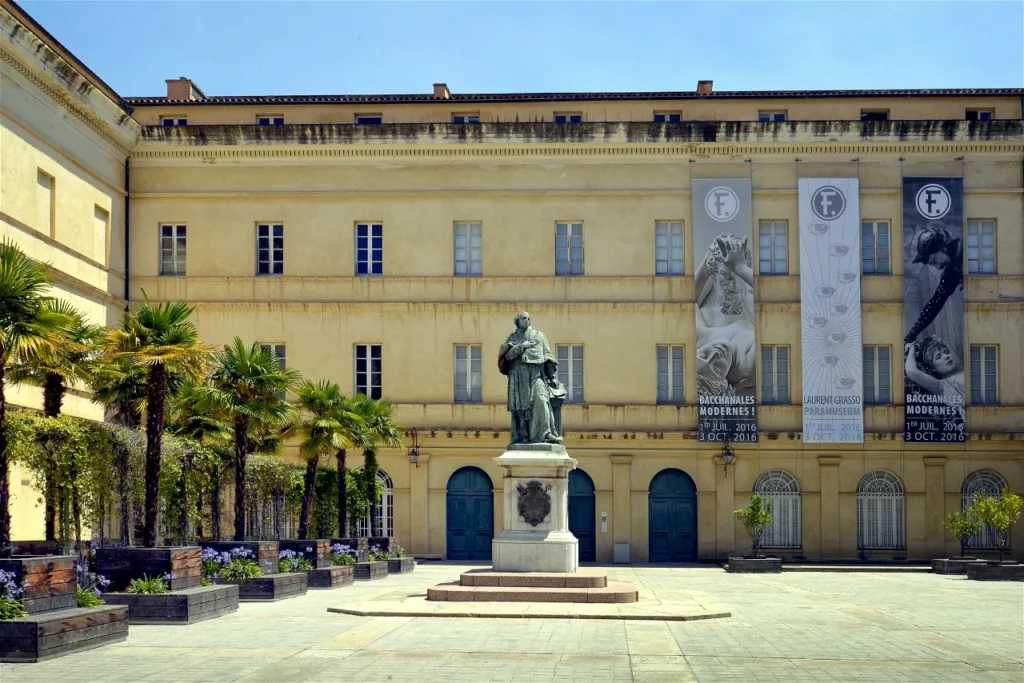
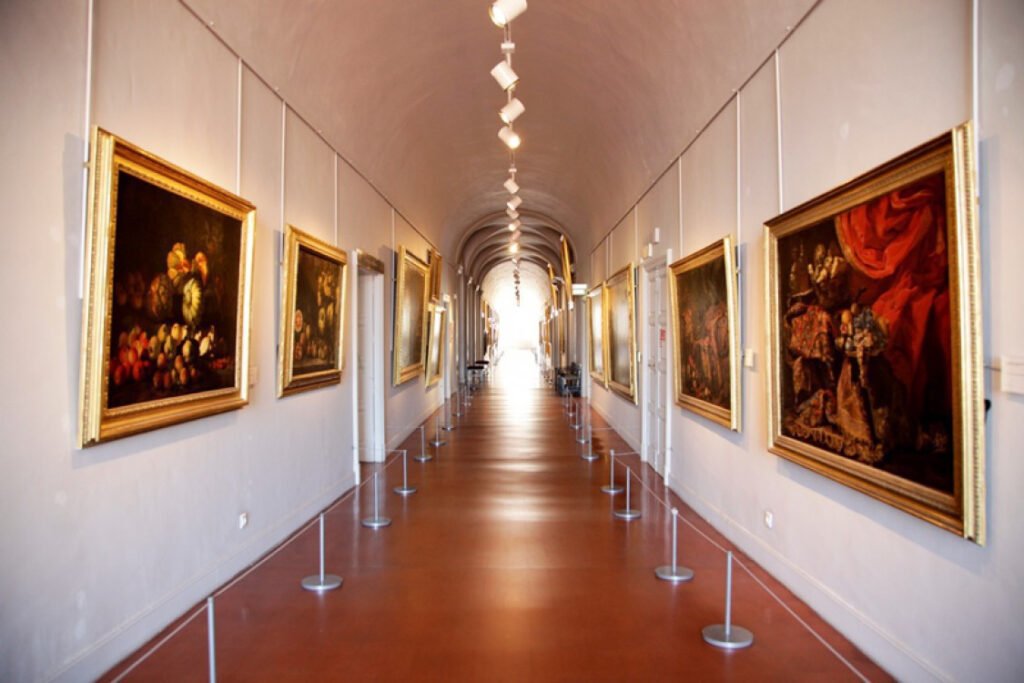
The Fesch Museum is the museum of fine arts of the capital of Corsica. The Fesch Museum houses one of the largest collections of Italian painting in France, with three sections being particularly well represented: Italian Primitivism, Roman Baroque painting and Neapolitan Baroque painting.
The Fesch Museum also has a room of graphics full of Corsican and Napoleonic exhibits. The museum organizes a variety of activities throughout the year: lecture series, thematic guided tours of the collections, visual arts workshops for children and concerts on Sundays.
House of Bonaparte
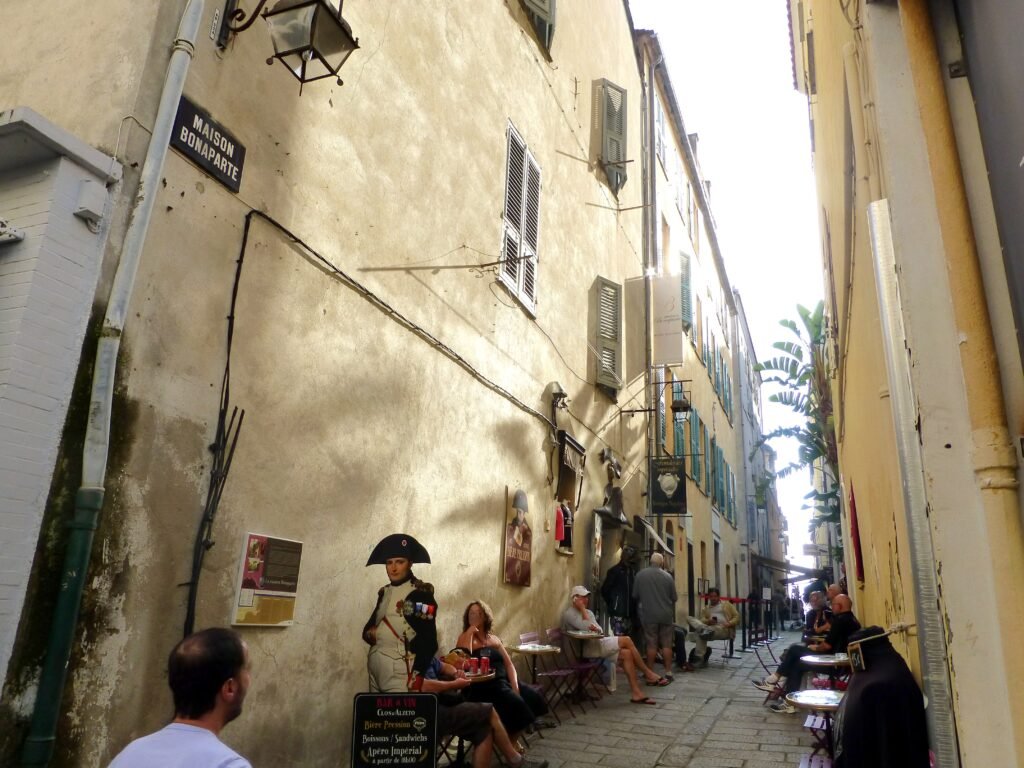
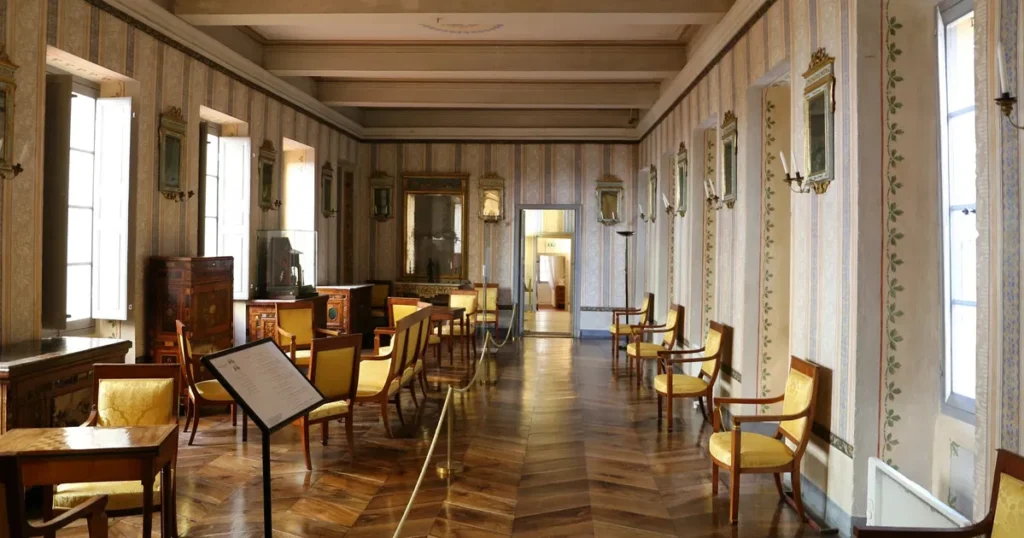
The birthplace of Napoleon Bonaparte (Maison Bonaparte) is a museum that houses numerous documents and objects that bear witness to the life of Napoleon and his family. The visit begins on the second floor with a historical evocation of Corsica in the 18th century, followed by an introduction to the family members: Carlo and Letizia in the first room, Napoleon, his brothers and sisters in the second room.
The next room is dedicated to the history of the family during the Second Empire. The family rooms are located on the first floor: the drawing room, Madame Mère’s bedroom, Napoleon’s birthplace, the gallery, the boudoir, the room with the trapdoor through which Napoleon is said to have entered the port on October 6, 1799, and the dining room. On the ground floor and in the basement there are photographs of the family residences around Ajaccio.
Santa Maria Assunta Cathedra
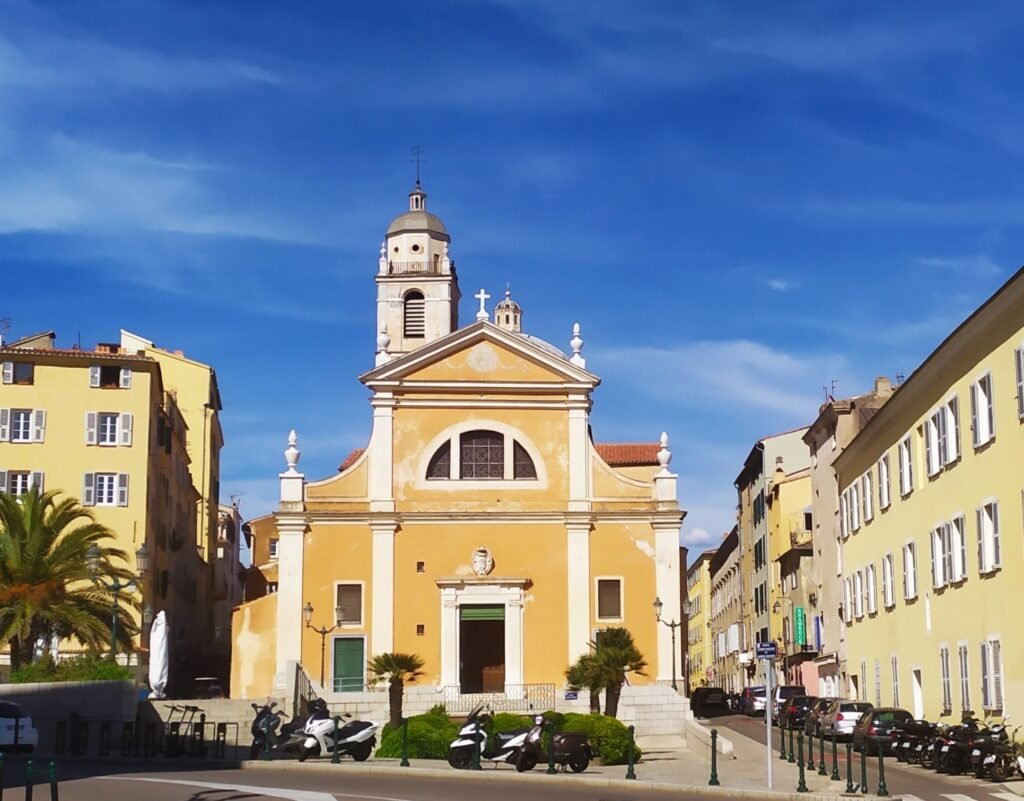
Ajaccio Cathedral (Cathedral of Our Lady of the Assumption of Ajaccio) is a Roman Catholic church located in Ajaccio. The cathedral is the ecclesiastical seat of the Bishop of Ajaccio, a suffragan of the Archdiocese of Marseille. It is dedicated to the Virgin Mary, and is in the Baroque/Mannerist architectural style.
